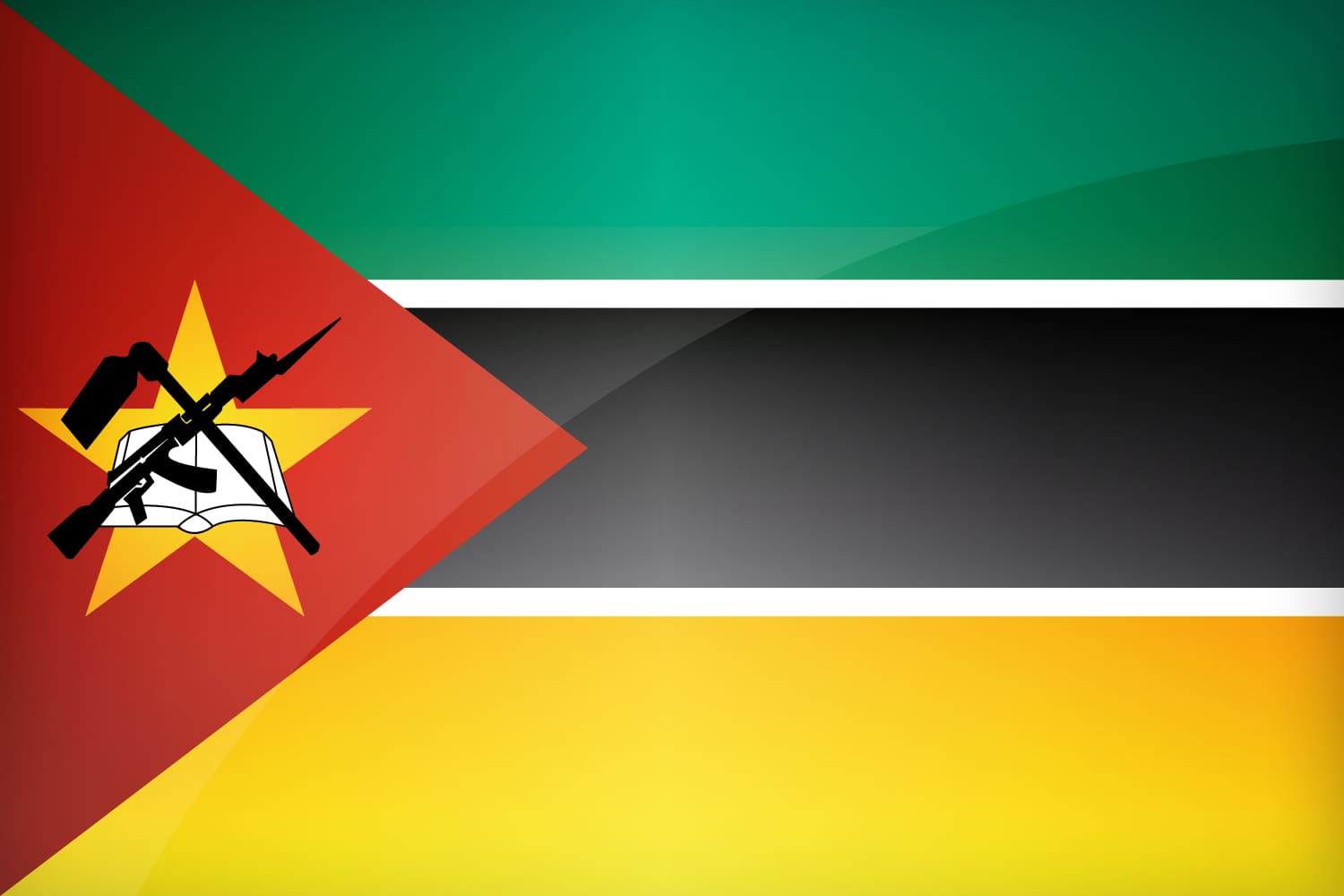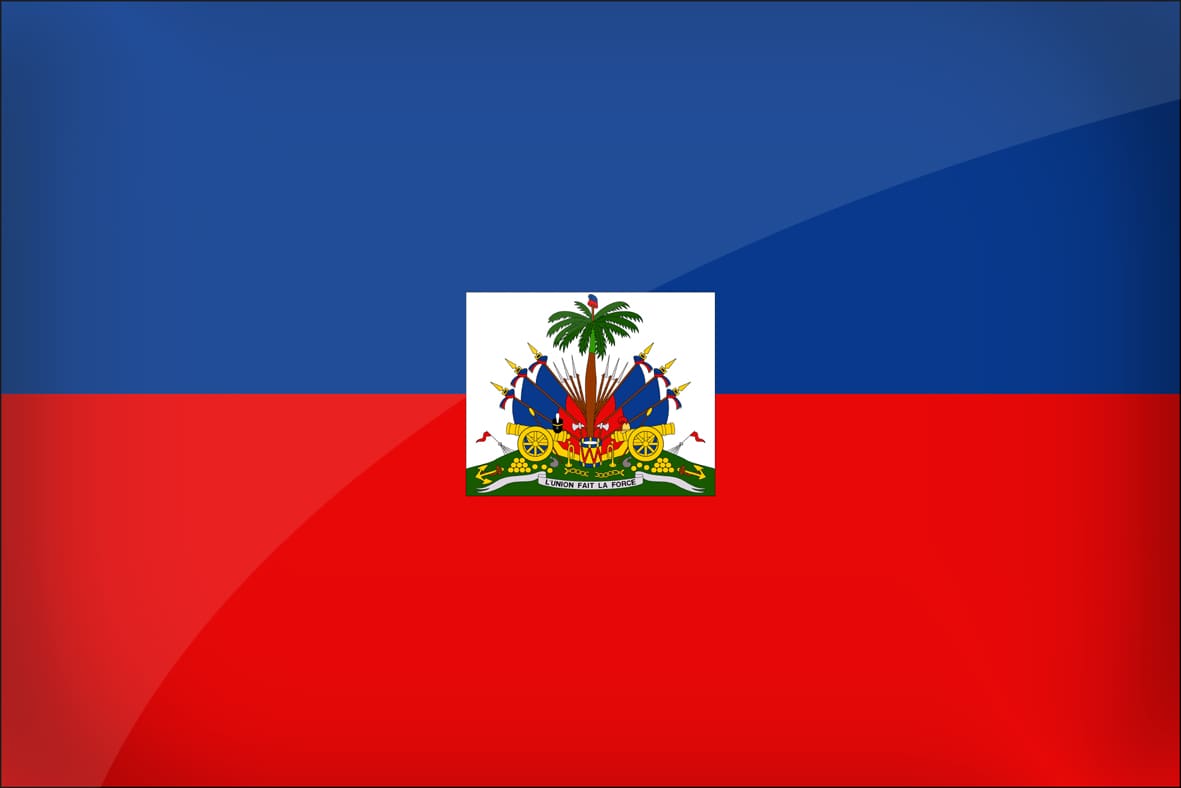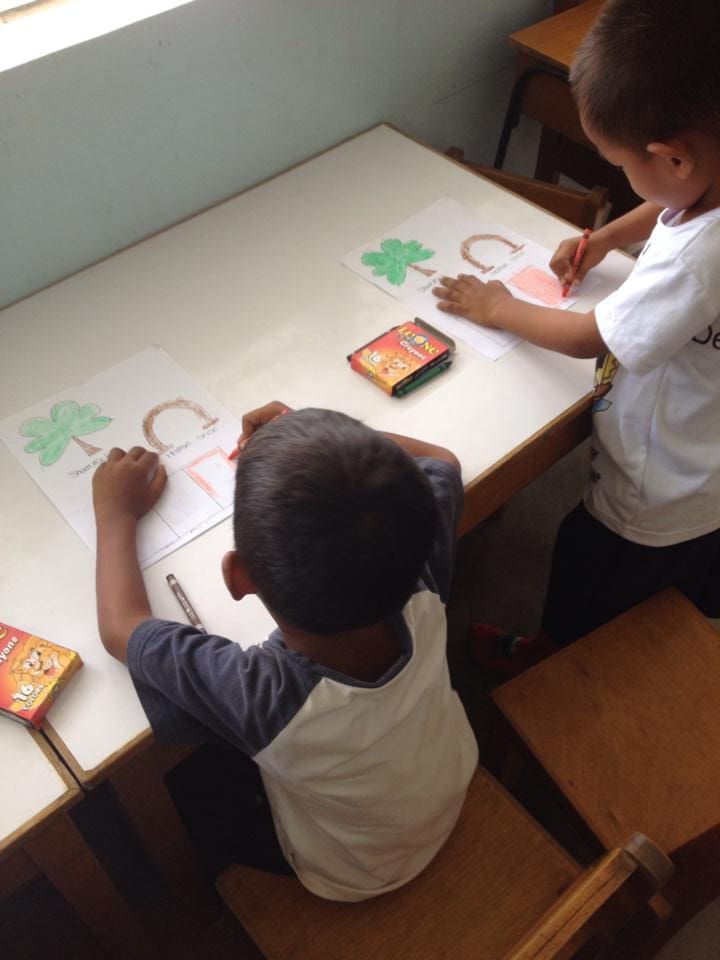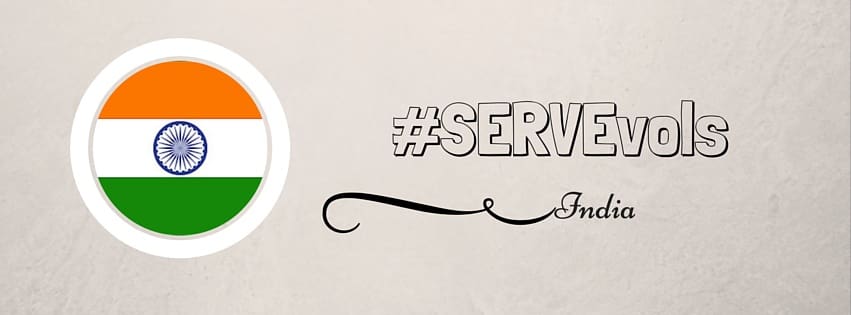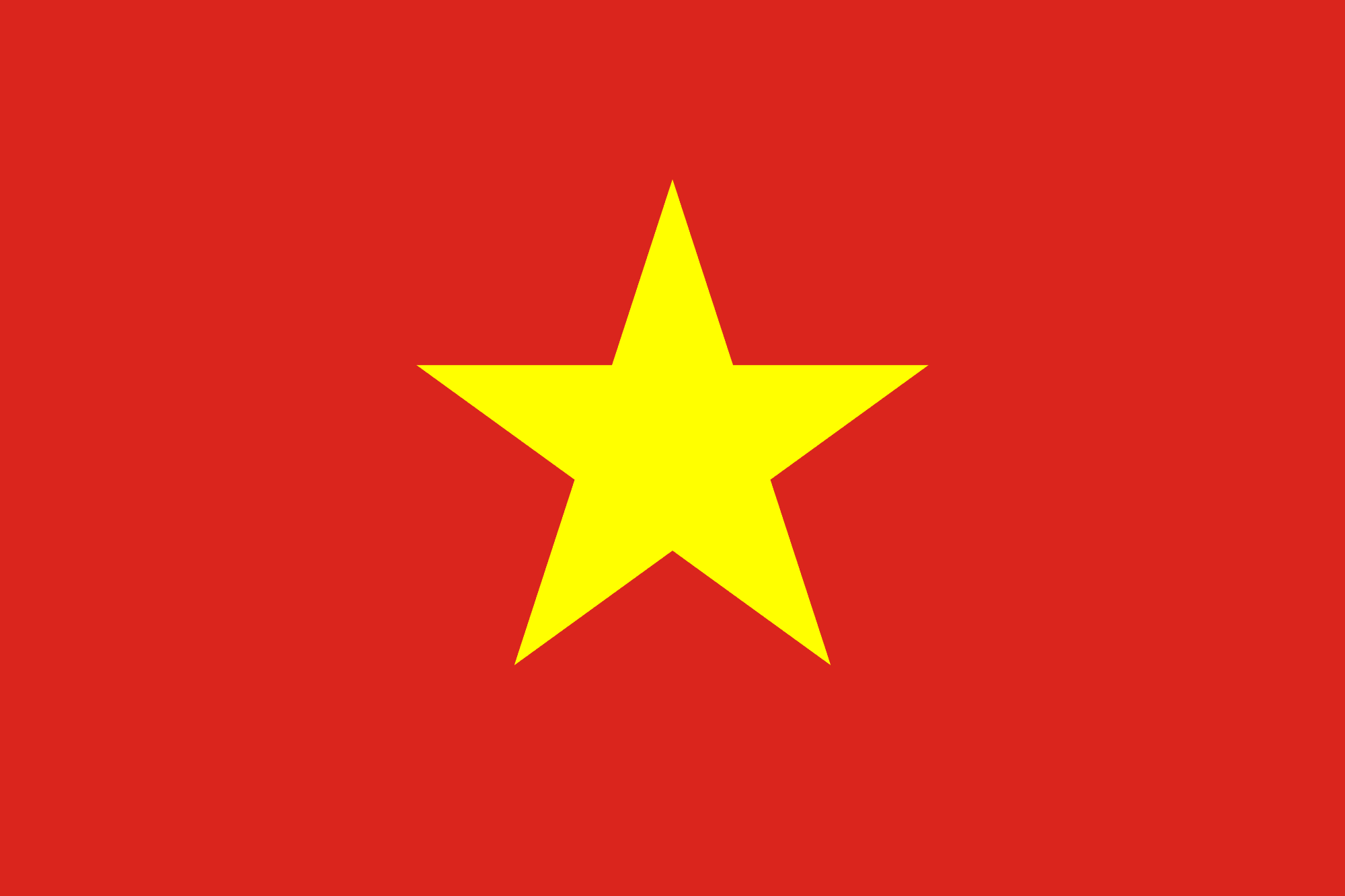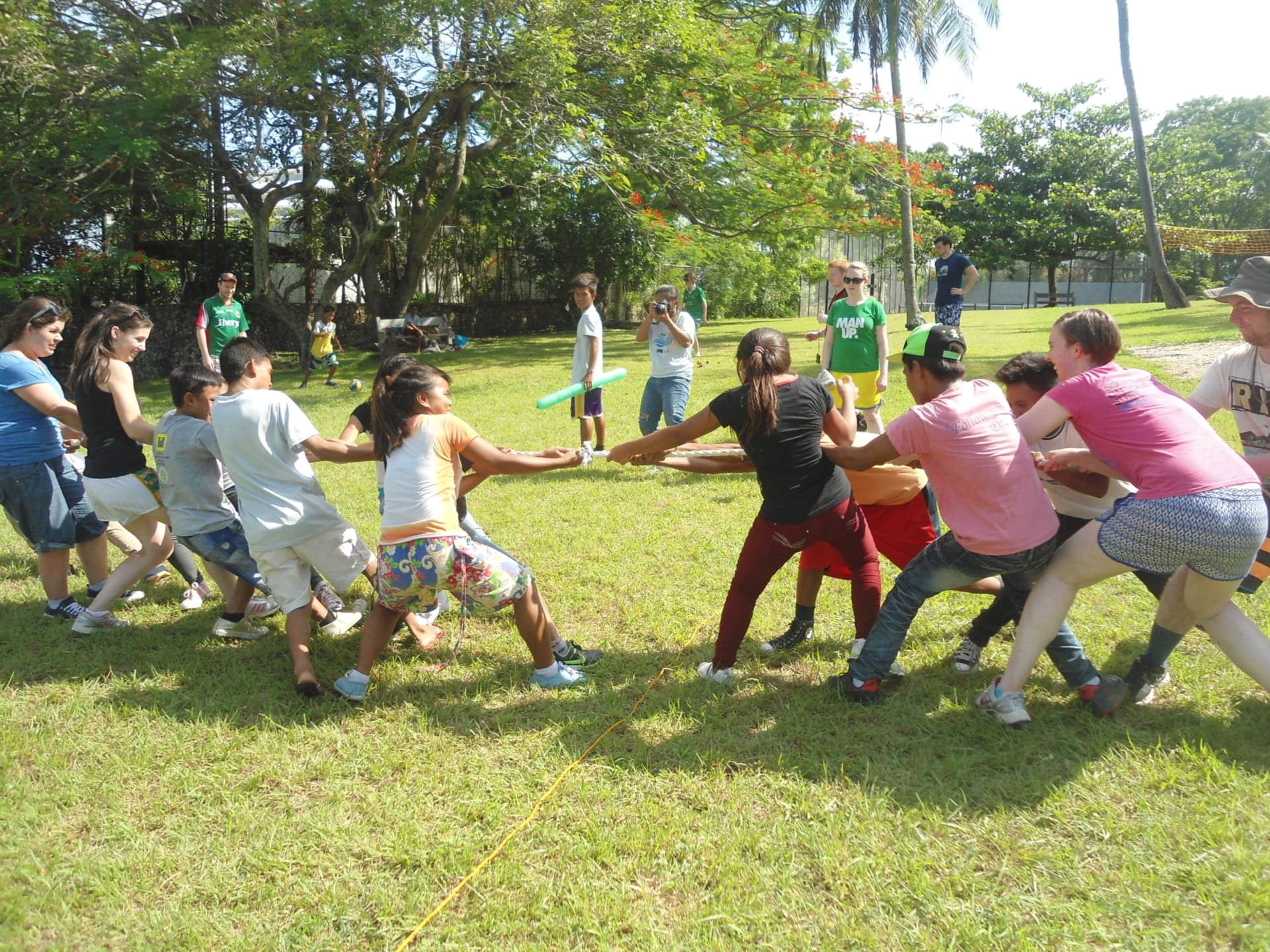A Displaced Society
By Aoibheann Boyle
Aoibheann is participating in the Silver Global Citizen Award. This is the first of her Global Blogs from the Philippines.
My granduncle, who for the duration of 42 years worked in the Philippines with the Columban Brothers, came to visit me last Saturday. He described this sovereign island country in the Southwest of Asia to me, so as I could paint myself a picture of the land where I am to go in a few days. A land rich of agriculture and fishing. I have encountered the warmth of the Filipino community on many occasions before. To me, it seems they are a happy and extremely generous nation. My grandmother also has a Filipino carer looking after her and she is by far the most generous and loveliest woman I have ever met. So when I am painting this picture of the Filipino nation as a whole it is filled with colour, positivity and beauty. However a percentage of this nation seem to live in a harsh and unfair way. Everything is not equal there. Under corruption, conflict and discrimination, this percentage are not treated in the same manner and are viewed poorly by their fellow citizens and government. Due to this some have felt pressurised to even flee their country for a better life, to such places like Indonesia. This percentage include the special indigenous group called The Badjao Tribe.
The Badjao, ‘The Man of Seas’, has an intimate relationship with the sea. One that neither you nor I could hold. They are a group of skilled people who are experts in fishery, deep sea diving and navigation of the sea, as they are probably the most knowledgeable of the sea out of all the inhabitants who roam this world. However they also live in an illiterate, uneducated and impoverished manner due to their nomadic lifestyle. Their lives revolve around the fishing and sea trade. They are a displaced society. They have been displaced by wars and the death of their traditional fishing culture and they are displaced by the nation they live in.
There are three different strands within this tribe; sedentary, semi-sedentary and sea gypsies. The traditional and un-settled group are the sea gypsies. Some have never set foot on land and others only set foot in order to come to shore to barter, repair their boats and to stock-up on supplies. They live another and completely different way of life. Information of the incredible skill and of the relationship they hold with the sea has started to reach the Western world through well-known documentaries such as Human Planet made by the BBC. Now people are becoming more informed of the highly-skilled people they are, which can create awareness, one that they most certainly need. The semi-sedentary group are those which have made settlements on stilts along the coastline made of wood and cardboard. Some of the public have not been welcoming to these people, so much so that it has been heard to burn down settlements, which due to their materials can be easily lit, causing possible fatalities within the settlement. The sedentary group live on land in more secure houses along the shorelines.
I look forward to the experience that lies ahead of me. I look forward to investigating the life of a Badjao Tribe member and getting to know this highly skilled and remarkable group of people. My mother used to call me a ‘waterbaby’ as a child as I always have had a love of and a great relationship with the sea, now I wish to experience a more intriguing and special relationship. One that I am sure will stay with me for many days to come.


